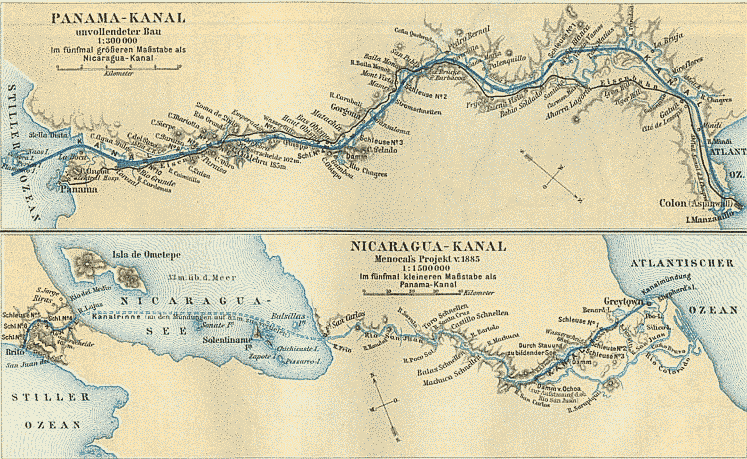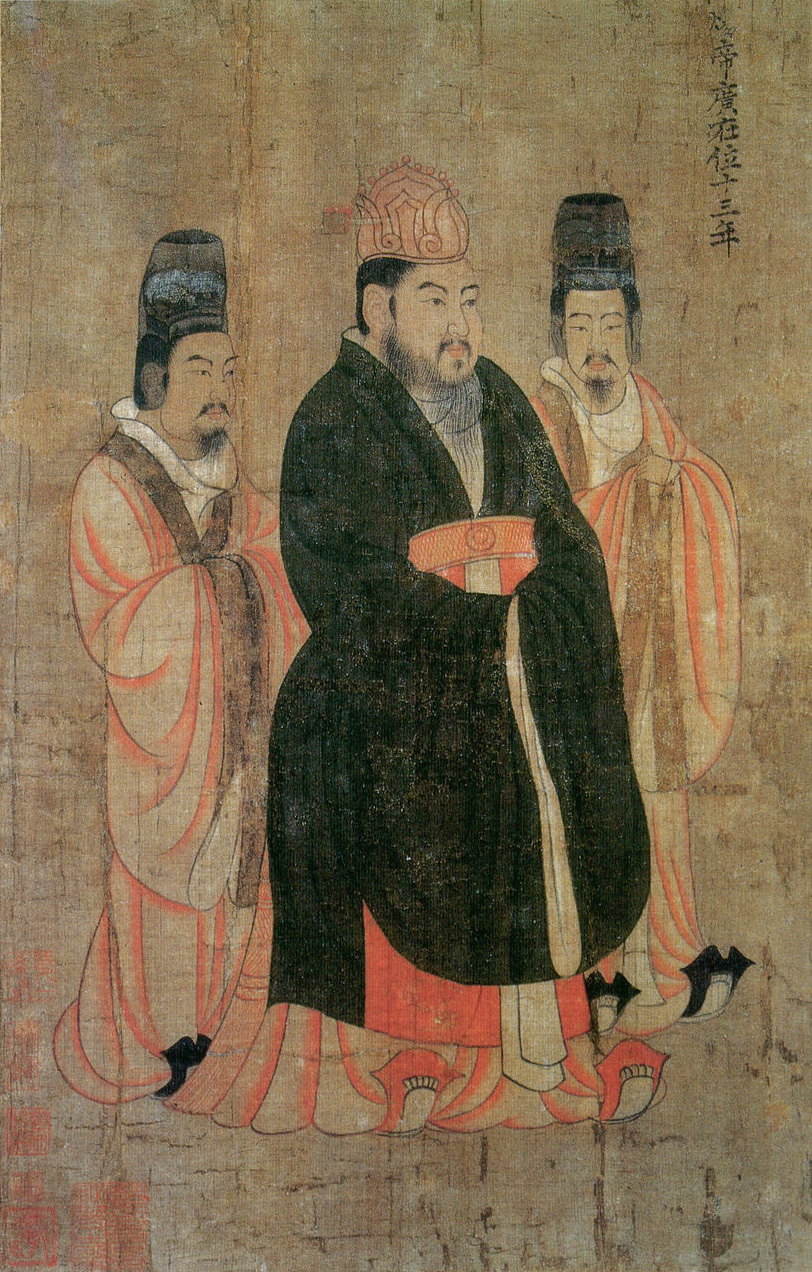
Yang Junxi, aged eleven, was just washing his hands, but he touched history. When the lad dipped digits into China’s Laozhoulin River, he felt an object, pulled it out and brought home a 3,000-year-old bronze sword of 10-inches (26cm) length. It was probably never used for fighting, but instead is judged by the Gaoyou Cultural Relics Bureau to be an artistic rendering, perhaps belonging to an official of the Shang or Zhou dynasties. Junxi’s father, Jinhai, and his son who donated the precious relic, have been heralded. Perhaps more treasures will be found as China plans an archeological exploration in this river that formed part of the Grand Canal. In Egypt, a similar expedition might discover Nubian art hidden beneath the High Dam at Aswan. In the future, should Lares be placed in significant infrastructure?
For more: http://www.bbc.com/news/blogs-news-from-elsewhere-29108764
Building the World Blog by Kathleen Lusk Brooke and Zoe G Quinn is licensed under a Creative Commons Attribution-NonCommercial-NoDerivs 3.0 Unported License.








